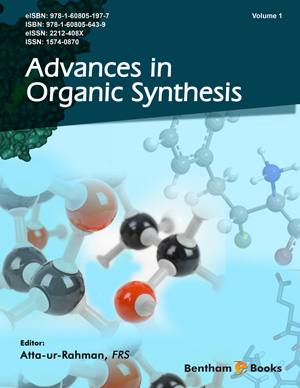Abstract
Water is necessary for the growth of humans and all other living things.
Water is becoming scarce due to industrialization and its rapid growth, and the water
ecosystem is negatively impacted by the direct release of wastewater into the
environment. The textile, tanning, coating, plastics, paint, printing, and other industries,
discharge dyes and pigments into the environment. One major problem is to remove
dyes and pigments from industrial wastewater in a inexpensive and environmentally
friendly way. Before they are released into the environment, there are several ways to
mitigate the situation, including chemical, biological, and chemical oxidation
processes. The advanced oxidation process (AOP) is a widely employed technique for
eliminating contaminants from water and wastewater. The dye molecules are broken
down by a Fenton and Fenton-like mechanism, in which the breakdown of hydrogen
peroxide produces hydroxyl radicals. This chapter focuses on the most current
advancements and various strategies used in the Fenton and/or Fenton-like processes
used to degrade the dye molecules.
Keywords: Decolourization, Dye degradation, Fenton process, Hybrid Fenton processes.






















